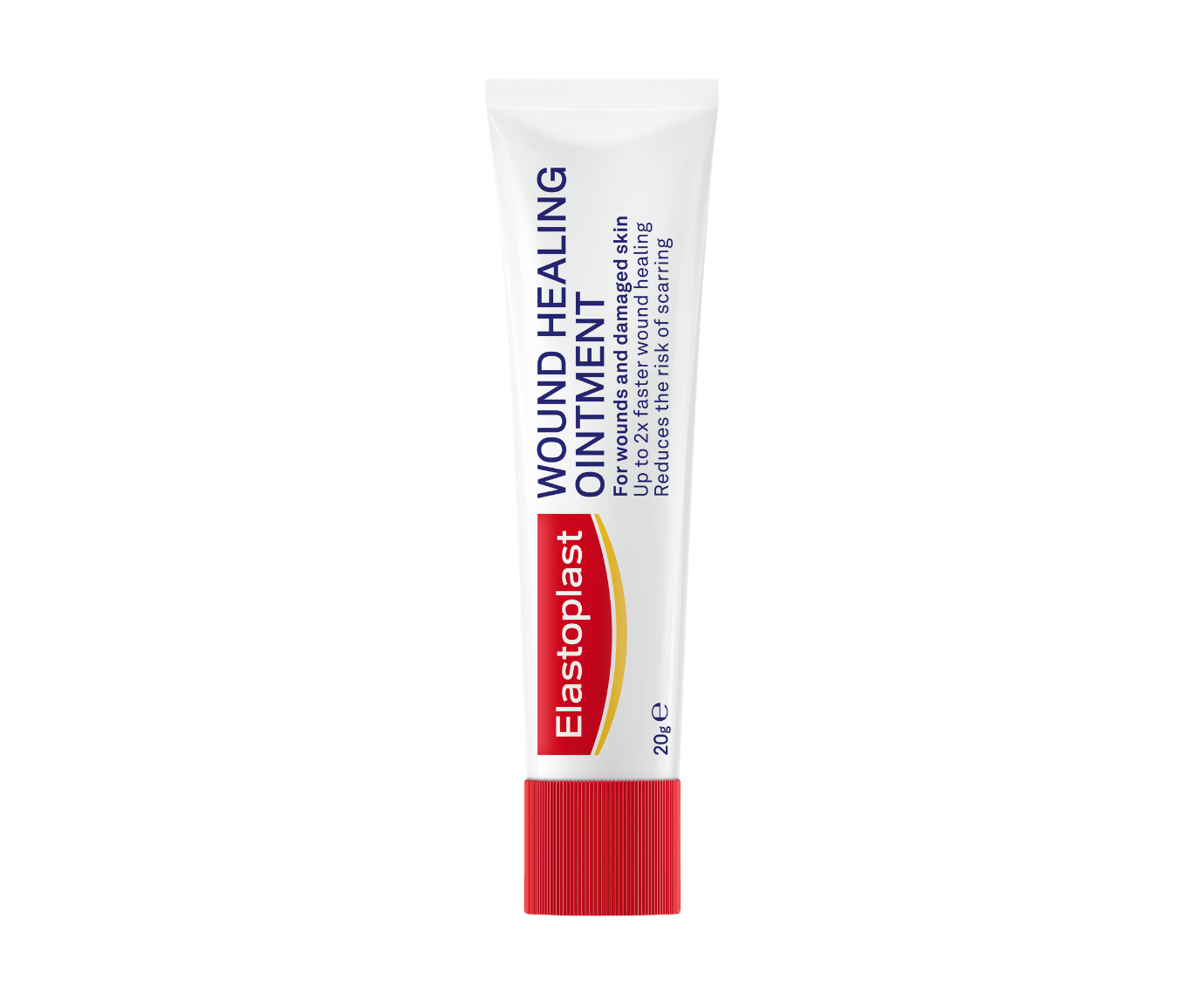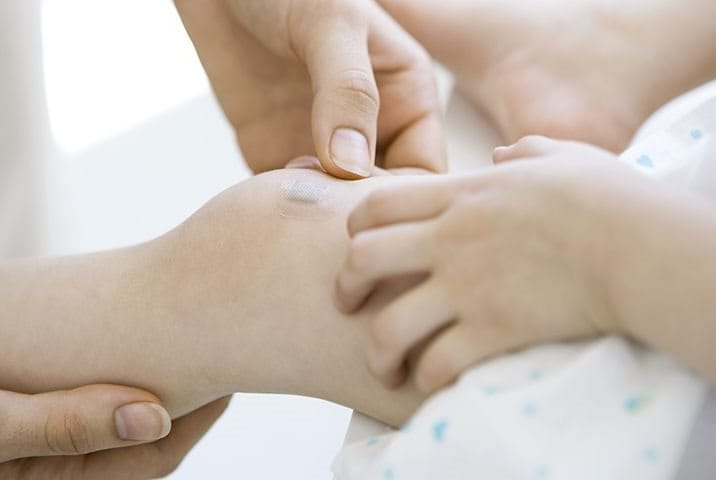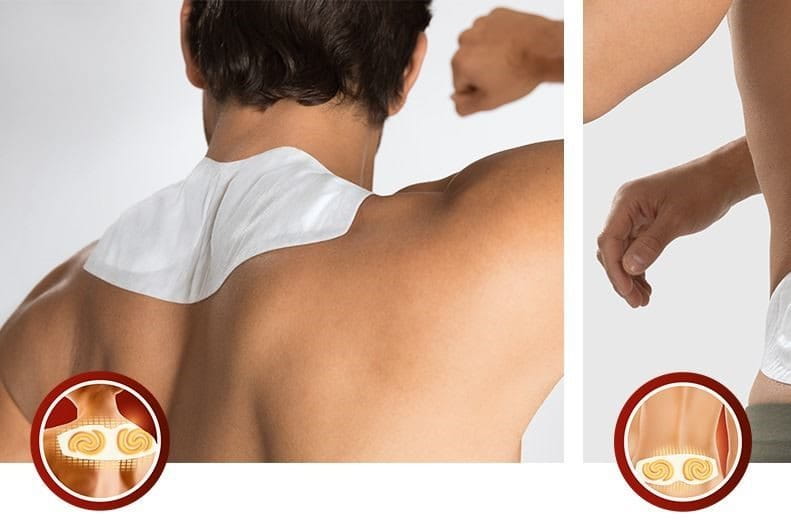What is an abrasion?

Thin-skinned, bony areas such as ankles, elbows or your knees, are more prone to abrasions than thicker, more padded areas. The scraped skin of an abrasion can contain particles of dirt which could lead to infection if you are not taking the necessary steps for skin abrasion care.
How to treat abrasions
How long do abrasions take to heal?

Infected abrasions
To prevent infection, always make sure you take quick action by cleansing and protecting your wound as soon as a skin abrasion has occurred. Symptoms of infected skin abrasions:
- The wound is not healing after substantial time has passed
- The wound worsens despite following the optimal care guide
- Level of pain you are experiencing is becoming worse
- The abrasion or the surrounding area remains warm, swollen or red
- You may experience a sudden fever
- Pus, drainage or other discharge coming from the abrasion
If you believe that your wound may have become infected, or if the wound seems to heal particularly slowly, you should consult a doctor. Find out more on infected wounds here.
Abrasions and children

Abrasions are very common injuries. They can range from mild to severe. Abrasions are most likely to occur on the:
- elbows
- knees
- shins
- ankles
- upper extremities
Abrasions are most common among younger children who spend a lot of time playing outside. The best way to prevent scraped knees and elbows among children is to always use proper knee and elbow pads during skateboarding or other outdoor activities with a high risk of falling.
Bicycle falls are one of the most common causes of scrapes and wounds, but you can reduce the risk by teaching your child safe riding practices. It’s also important to warn children that accidents may happen, to comfort them if they fall off their bike and encourage them to get back on the bike as soon as possible! Use Elastoplast’s MARVEL or Disney FROZEN plasters with fun designs to put a smile back on your child's face.
Always see a doctor if the abrasion or incised wound is deep, bleeds heavily or shows signs of infection like reddening, swelling or a burning sensation. Although compiled with great care, please note that the tips and advice given on this website are by no means a substitute for medical advice and treatment. If you have or suspect that you have a health problem, consult a doctor and follow his or her medical advice, regardless of what you have learned on this website. Always read and follow carefully both the instructions for use, and the leaflets that come with our products, before treating grazes and scrapes.
For further information about our products, please contact us via email at consumer.relations.uk@beiersdorf.com








